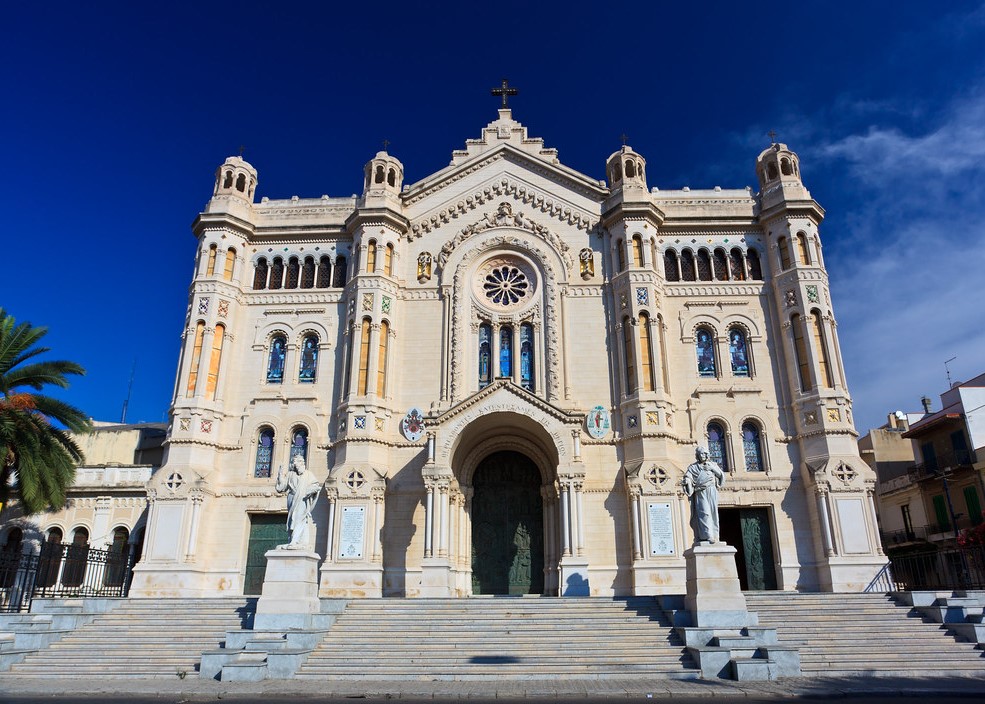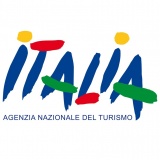
Ancient Reghion, in modern times the city of Reggio Calabria, is universally known as the City of Bronzes. Indeed, it is the Museo della Magna Grecia. In the city center, it hosts the famous Riace Bronzes, the sculptures of two warriors from the 5th Century (found at the bottom of the Riace Marina 50 years ago, in 1972).
Reggio Calabria boasts a long and noble history, evident in its ancient Greek walls and in the Roman baths, featuring mosaic floors that have survived two earthquakes, no less. Founded by the Greeks of Chalcis upon the instruction of the Oracle of Delphi, Reggio became a Roman municipality in 89 B.C.; over the centuries it was contested by the Moors and Byzantines, Swabians and Boubons. Today, its original Magna Graecian charm remains intact and is an important touristic draw.
Along with its university and reputable musical conservatory, Reggio hosts the oldest library in the Region of Calabria; the library preserves an anastatic copy of the famous Pentateuch, the first Hebrew Bible, printed in Venice’s Giudecca in 1475. Several churches show off masterpieces by the likes of Antonello da Messina, and keeping them company are such structures as the Aragonese fortress, the city painting gallery and the planetarium – with the second-largest geode in Europe – thus making Reggio charming on every level. The city’s revived seafront, its Art Nouveau villas, and the garden of Villa Genoese Zerbi are rather frequented by vacationers during the warmer months, amounting ad they do to a good mix of beach, culture and the outdoors.
Reggio’s cultural offering ultimately resides in the National Archaeological Museum of Regigo Calabria, one of the most prestigious in Italy. It is home to a panoply of vestiges from the Magna Graecia colonies that flourished in Calabria. Designed solely as a museum by Marcello Piacentini, it faces Piazza De Nava; in December, 2013, it re-opened after significant renovations, comprising the addition of a room conceived just for the Bronzes of Riace.
History of the Riace Bronzes
The Bronzes, discovered on the Ionian Sea floor, were suddenly the subject of international discussion in the summer of 1972. As they reconstructed the history, scholars maintained that the statues had been aboard a ship sinking during their transport, and were the victims of a decision to lighten the weight on board. After the first series of restorations on the Bronzes in Florence (1975-1980), they were eventually re-located to their current and more adequate environment, where they could shine in all their splendor.
The two statues, A and B, are approximately 6.6 ft tall (one is slightly loftier than the other), and weigh around 353 lbs. Originally anchored on lead-colored bases, the bronzes depict two men, completely nude except for their armor: shield, lance and helmet. Their powerful musculature is rendered with a mighty vigor, while their anatomical detail – reproduced with care – highlights subcutaneous veins on the hands and feet. Their hair, eyes and teeth, in silver foil, are so well-done as to render the pair resoundingly true to life.
For natives to Reggio, the bronzes are iconic of their city; at the same time, they are exemplary of Italian efforts to take care of its enormous historical and artistic legacy.
Curiosities
Reggio is known for its location in the toe of the Italian “boot,” and it is actually the Peninsula’s southernmost city. Lying on the Messina Strait across from Sicily, it has been considered an important Mediterranean center since the beginning. A trade and travel crossroads, Reggio Calabria is privy to a magnificent view of the neighboring isle, of Mt. Etna and of the Aeolian Islands. It is also the land of bergamot, fragrant citrus fruit and symbol of the city.



